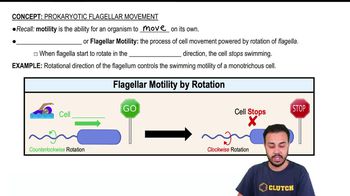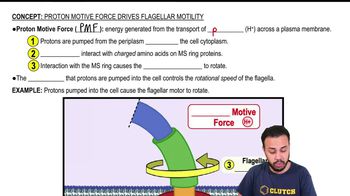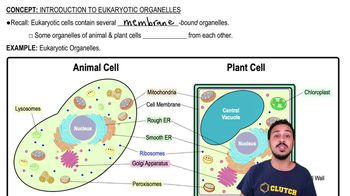Textbook Question
NAME IT What type of microorganism has a chitin cell wall, has DNA that is contained in a nucleus, and has ergosterol in its plasma membrane?
134
views
 Tortora 14th Edition
Tortora 14th Edition Ch. 4 - Functional Anatomy of Prokaryotic and Eukaryotic Cells
Ch. 4 - Functional Anatomy of Prokaryotic and Eukaryotic Cells Problem 4.1a
Problem 4.1a Verified step by step guidance
Verified step by step guidance



NAME IT What type of microorganism has a chitin cell wall, has DNA that is contained in a nucleus, and has ergosterol in its plasma membrane?
DRAW IT What group of microbes is characterized by cells that form filaments, reproduce by spores, and have peptidoglycan in their cell walls?
The antibiotic amphotericin B disrupts plasma membranes by combining with sterols; it will affect all of the following cells except
a. animal cells.
b. gram-negative bacterial cells.
c. fungal cells.
d. Mycoplasma cells.
e. plant cells.
Endospore formation is called (a) ________. It is initiated by (b) ________. Formation of a new cell from an endospore is called (c) ________. This process is triggered by (d) ________.